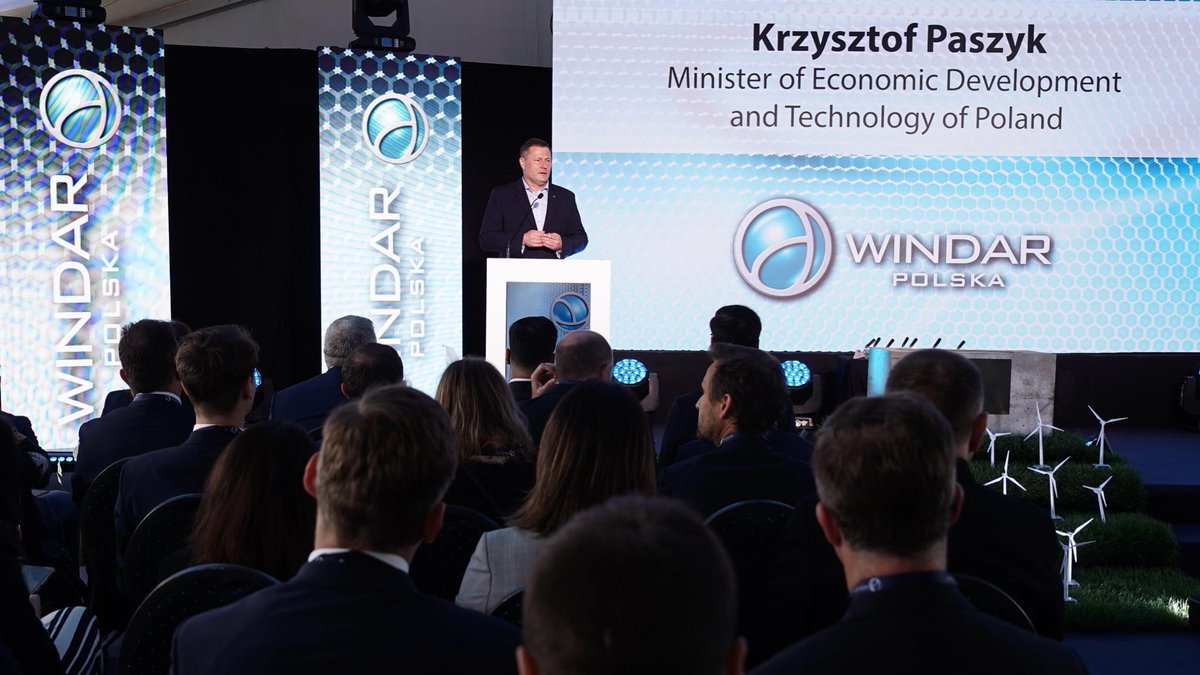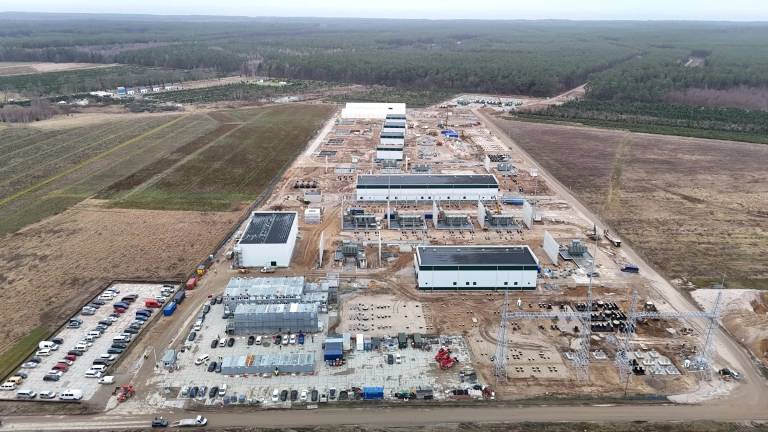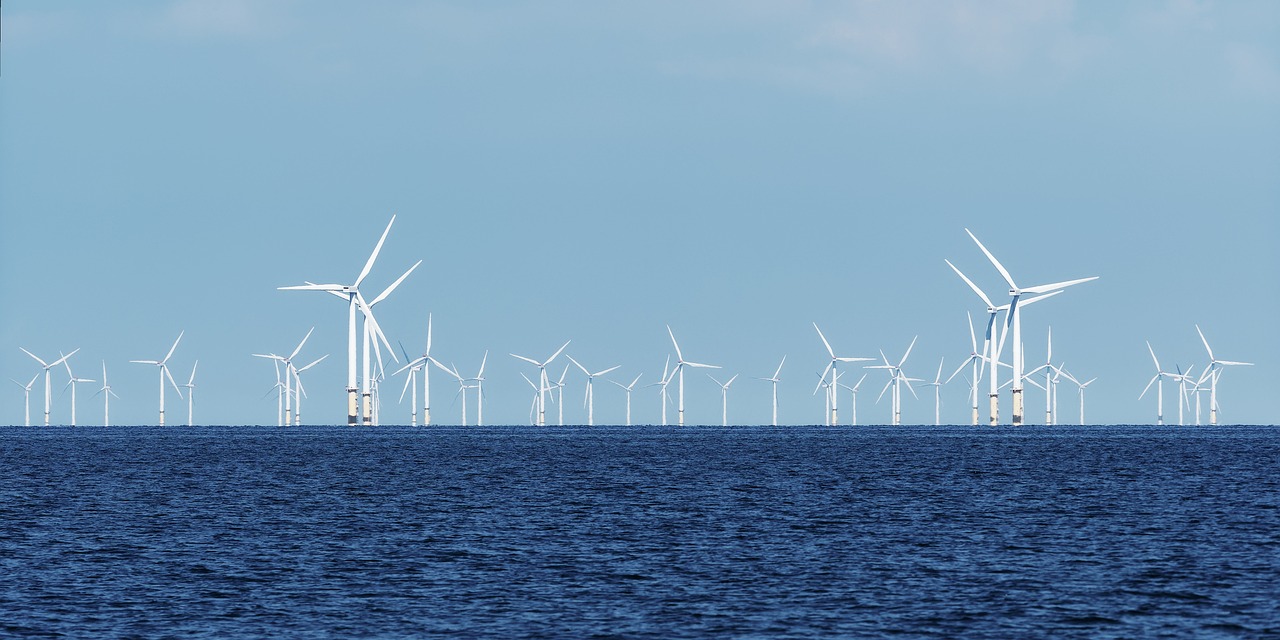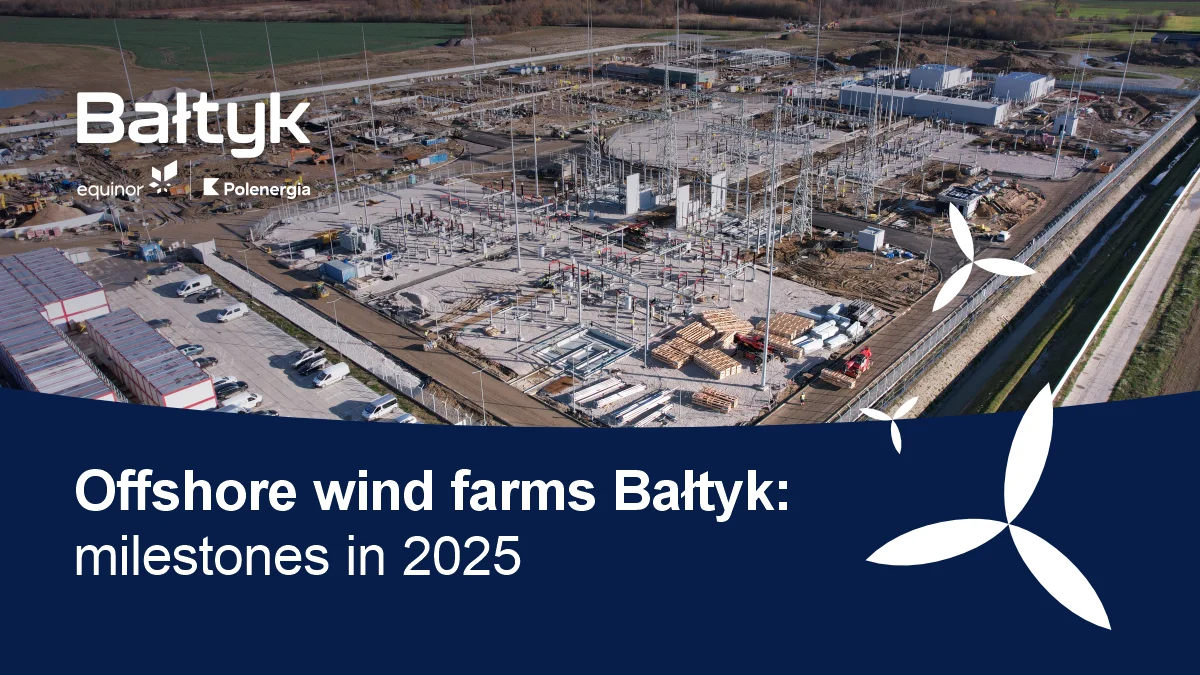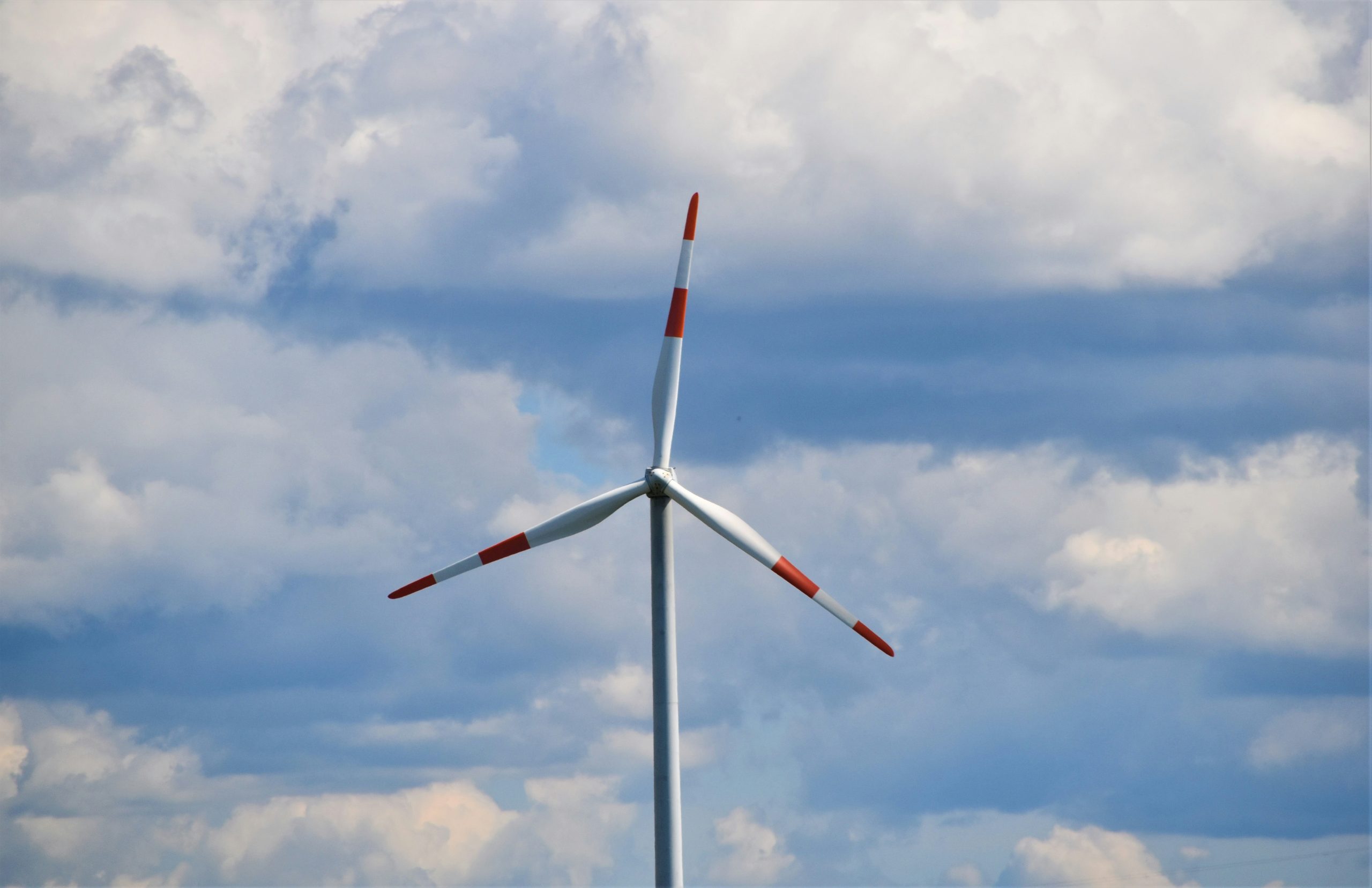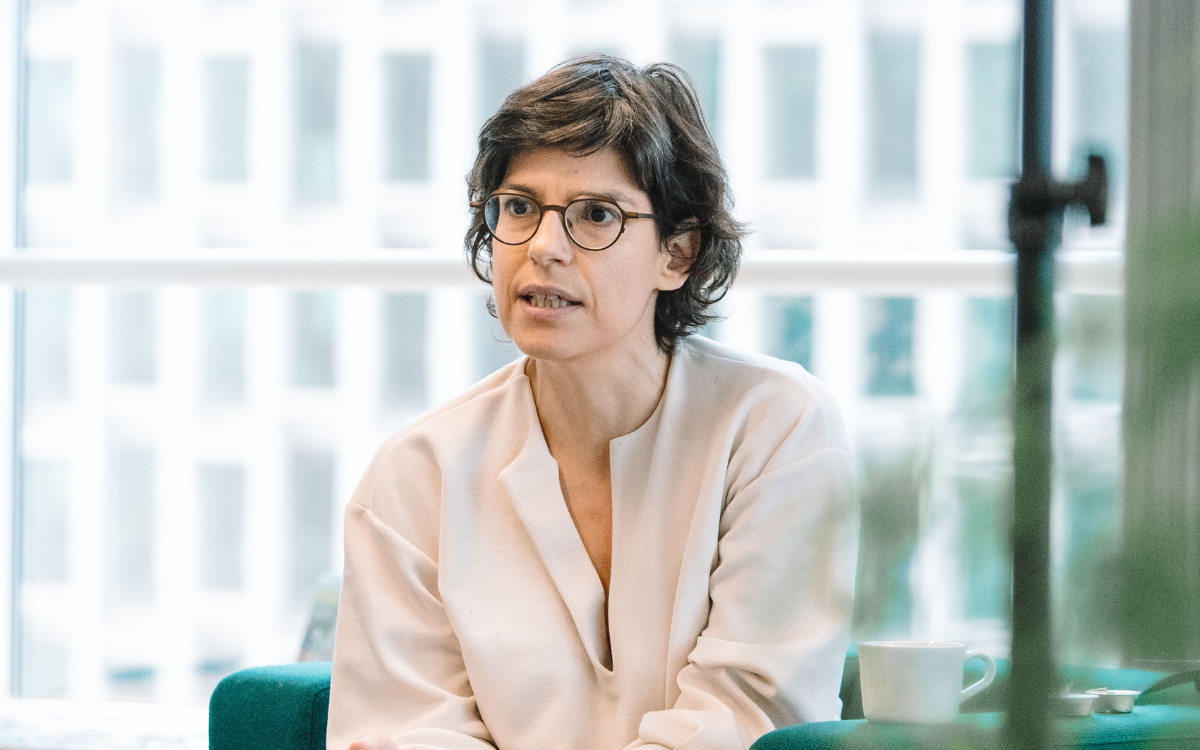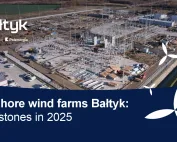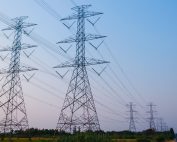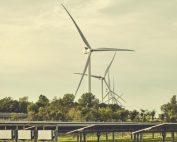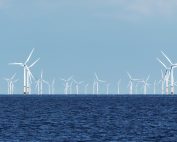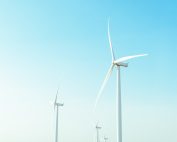Poland is making a significant investment in modern green technologies, earmarking PLN 5 billion for the construction of new facilities in the renewable energy sector. A substantial portion of this funding, PLN 230 million, will go to Windar Polska to support the construction of the world’s largest wind turbine component manufacturing plant in Szczecin.
Today, Minister of Development and Technology, Krzysztof Paszyk, signed the financial support agreement with Windar Polska. Minister Paszyk stated, “Today we are witnessing an extraordinary event. Here in the Szczecin port, a major step is being taken in Poland’s energy transformation. This is also a major step in technology transfer and a major step in the development of the Polish economy.”

The PLN 230 million for the Szczecin investment is just a part of the total PLN 5 billion the ministry is dedicating to support projects that will bring Poland closer to energy independence from conventional sources.
Discussing the development of wind energy in Szczecin, Minister Paszyk expressed his conviction that “in the near future, the Baltic Sea will be an example of how to produce clean, green energy for Poland and for the whole of Europe in an effective, efficient, and inexpensive way.” He emphasized that the Polish government is doing everything to create the best possible conditions for investment and the establishment of such modern facilities, including simplifying procedures through deregulation and changes in law, such as the significant amendments to public procurement law adopted yesterday by the government.
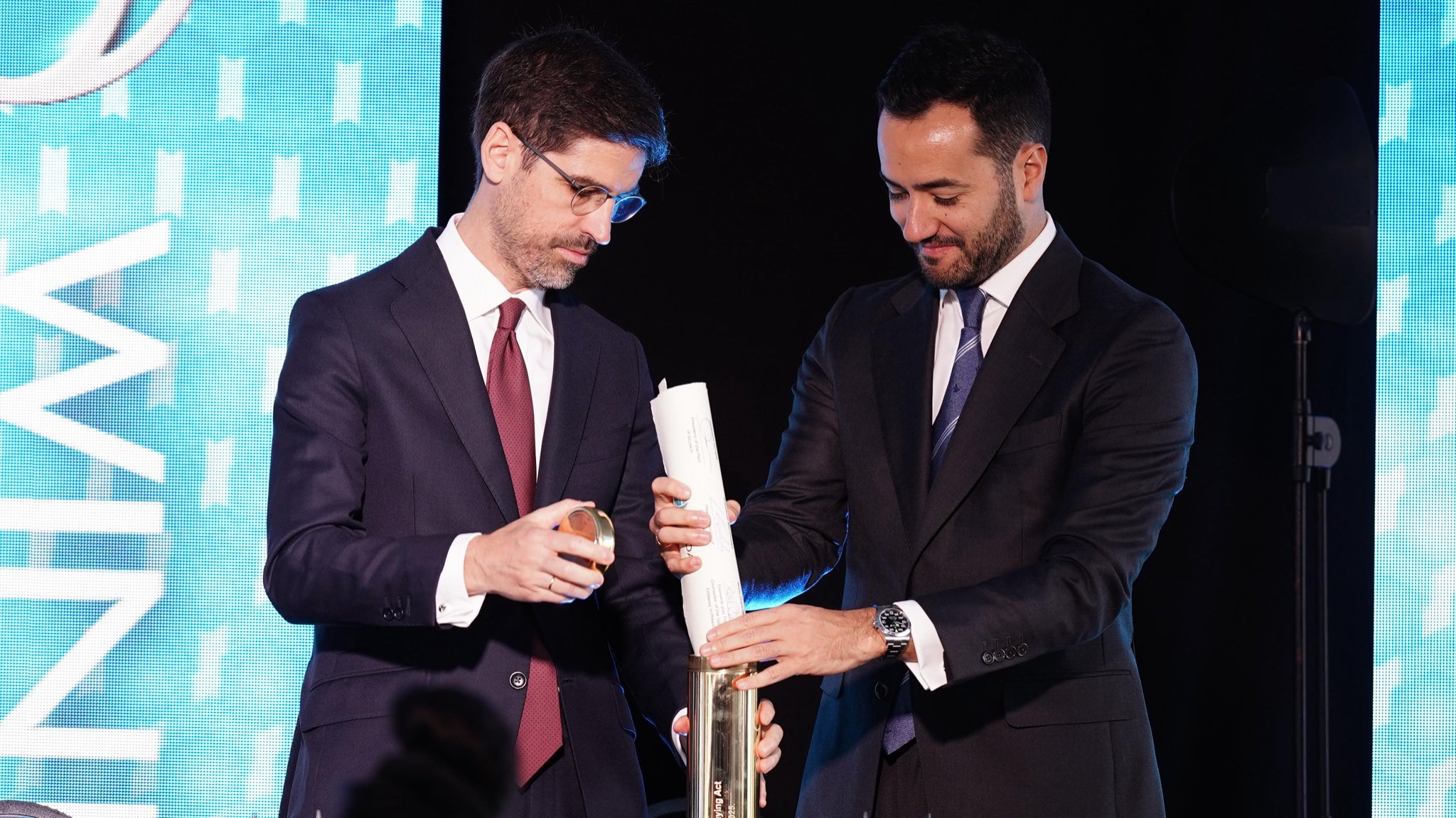
World’s Largest Offshore Wind Turbine Tower Plant in Szczecin
The facility in Szczecin is set to become the world’s largest plant for constructing steel towers for offshore wind turbines. The Minister indicated that while government support for the investment will be nearly PLN 230 million, the investor’s own expenditures will reach over PLN 650 million.
The plant will be built on a leased plot within the Szczecin port. Windar Polska plans to produce up to 500 tower sections annually. These towers will support 14 MW turbines, meaning they are immense structures reaching 10 meters in diameter, 50 meters in height, and weighing 450 tons. Such massive dimensions make land transport impossible, requiring the towers to be built in a location from which they can be delivered to their final destination by sea.
Source: MRIT
